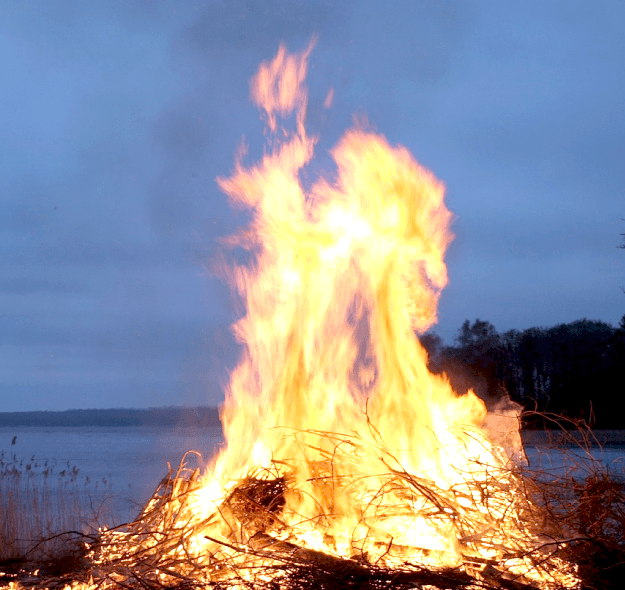-

Ivor madam Cremation Services
At Ivar madam services, Ivor madam specialize in offering dignified and compassionate cremation services. Cremation is a word used to indicate final disposition of a deceased body by burning. It is a post funeral rite and a substitute for burial.From transport to paperwork, Ivarmadam deal with everything involved in cremation.At Ivor Madom, our main values revolve around respect, dignity, and compassion. Ivarmadam are of the opinion that each and every person has the right to a dignified and meaningful sendoff, and we try to offer customized services.Ivarmadam qualified professionals focused on upholding the best standards of service.Ivarmadom ensure that they offer the best quality of care and support. Ivor madam treat all families with reverence and try to alleviate their struggle in a difficult moment. Ivarmadom staff is here for you at all times, making certain that your loved one's last journey is carried out with respect and dignity. Ivor madam team is here to support you every step of the way, ensuring that your loved one’s final journey is conducted with dignity and reverence.
-

Ivarmadam Posthumous Services
At Ivor madom Cremation Services, the focus is on traditional Hindu posthumous services that respect and honor the cultural and spiritual needs of the families they serve.Hinduism holds the view that after death, a person's soul reincarnates into a new body. Hindu funeral customs are based on the concept of reincarnation. Ivarmadam Posthumous services refer to the rituals, ceremonies, and activities performed after a person's death.Ivarmadam provide comfort to the bereaved, and ensure the spiritual and cultural requirements of the departed's religion or tradition are met. Ivor madam mission is to offer compassionate and seamless posthumous services that reflect the unique needs and wishes of each individual. Ivar madom offers a wide range of posthumous services designed to meet diverse needs and preferences. Ivarmadam understand that dealing with posthumous matters can be overwhelming, and Ivarmadam strive to provide clarity and support during these times, Ivarmadam helping you to honor your loved one's memory in a meaningful way.
-

Ivor madam Asthi Sanchaya -Hindu Ritual of Collecting Bones after Cremation
Ivormadom provides families with all-encompassing support, guaranteeing that every element of the ceremony is managed with the highest consideration and deference.In Hinduism, Asthi Sanchaya is the ritual of gathering a deceased person's burned bones following cremation. It is picked up on the third, fifth, seventh, or ninth day following cremation. Following cremation, this is a crucial ceremony. Ivor madam gives the family and loved ones a sense of calm and closure because they have carried out their religious obligations.Ivarmadam offers families sympathetic assistance at this trying period.Ivor Madom brings a wealth of knowledge and experience to our services from his years of conducting Asthi Sanchaya and other religious rites. Ivar madam team is well-versed in the cultural and spiritual nuances of these rituals. Ivor madom is dedicated to preserving the sanctity of Hindu rituals, ensuring that each ceremony is performed with reverence and according to traditional practices. Ivor madom priests are well-versed in Vedic rituals, and our facilities are designed to provide a serene and respectful environment for performing these rites.At Ivarmadam, we honor this tradition by providing a sacred space where families can perform this ritual with the peace of mind that every detail is handled with the utmost respect and devotion.
